
CES 2025 is still going strong, and there are so many incredible announcements that we’re struggling to keep up with them all! The news from day 1 and day 2 was a lot to keep up with, but I personally think that day 3 has some of the best news of the entire show. It’s been quite difficult to figure out exactly what I like the most.
We’re talking brand new car tech from BMW, better ways to play PC games on the go, brain-controlled motion gestures and a laptop that may give Apple’s Macbook Air a real run for its money. Here are the 11 best new gadgets that were revealed on CES day 3.
Lenovo ThinkBook Plus Gen 6
Rollable screens are back at CES 2025, with Lenovo debuting the new ThinkBook Plus Gen 6 laptop. But this isn’t a concept device, like the ones we’ve seen before, this one is actually going on sale. It’s going to cost at least $3,499, which is absurdly expensive, but at least we know this isn’t vaporware anymore.
So what exactly would you get for your money? The standout feature is the extendable screen, which is rated for 20,000 opens and extends from a standard 14-inch screen to a comically-tall 16.7-inch display. But it’s like having two 16:9 screens stacked on top of each other, meaning you have plenty of screen space to work with. Other hardware includes an Intel Core Ultra 7 processor, up to 32GB of RAM and 1TB of storage, two Thunderbolt 4 ports and Wi-Fi 7.
An exact release date hasn’t been set, but Lenovo says that this should arrive before the end of Q2 2025.
Anker 165W Power Bank

Power banks for your phone are available just about everywhere, but options for laptops are significantly more limited — and expensive. Thankfully things do seem to be changing, and Anker just unveiled a brand new power bank at CES.
Not only does it have a 27-inch retractable cable, and up to 165W combined charging speeds, it’s also got enough juice to fully charge a Macbook Air M2. The 25,000 mAh capacity also means it’s allowed on planes, and USB-PD 3.0 means it can charge up to 4 devices at once. Not just with the retractable USB-C cable, but also a trio of USB-C ports and a solo USB-A port.
Admittedly laptop batteries are far less prone to running out than smartphones, but as someone with an ancient laptop and a battery that basically runs on fumes all the time, this could be very useful. At the very least because I can also fast charge my other gadgets without having to carry multiple batteries with me. The Anker 165W costs $99 and is already on sale.
Lenovo Legion Go S
Another gaming handheld, this time from Lenovo and gunning to try and knock the Steam Deck off the top spot. This 8-inch handheld will actually be available running SteamOS (the first non Steam Deck handheld to do so) meaning Lenovo could be taking on Valve at its own game. Windows 11 is available if you prefer, but that is more expensive — with a starting price of $599 to the SteamOS model’s $499.
Other hardware of note includes up to 32GB of RAM, up to 1TB of storage, microSD card expansion, 2 USB4 ports, a headphone jack and a choice of either the AMD Ryzen Z2 Go chipset or the Ryzen Z1 extreme. All wrapped up in a sleek package that weighs just 1.63 lbs.
The first model with Windows 11 will be available later this month, starting at $799. Meanwhile the $599 Windows 11 Lenovo Legion Go S arrives in May, followed by the SteamOS variant the following month.
Mudra Link
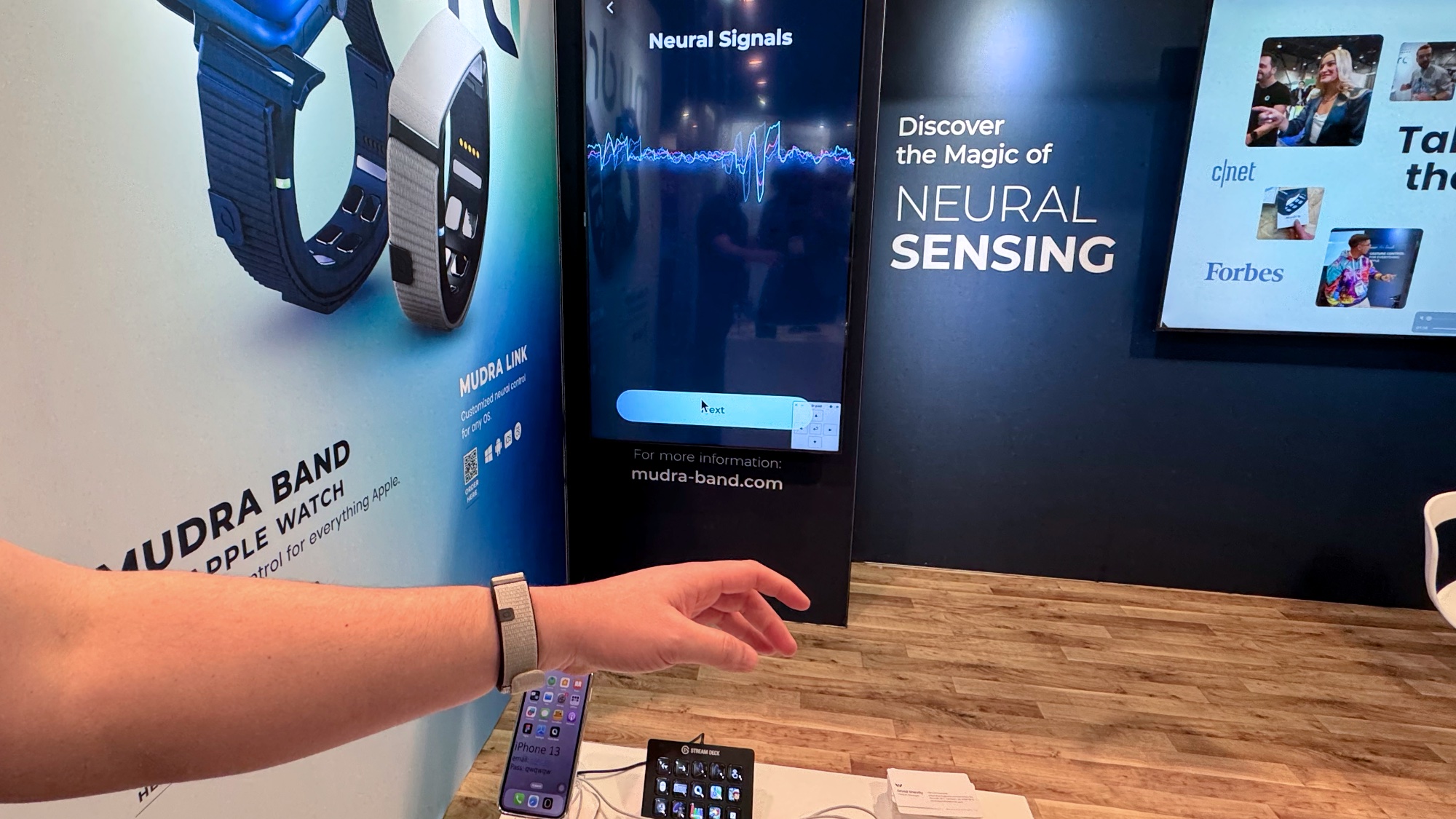
Gesture control can be incredibly useful, but if you want something substantial you usually need some pricey kit — like the Apple Vision Pro headset. But Wearable Devices’ Mudra Link can offer a similar experience for just $199, thanks to a “neural wristband” compatible with Android, Windows and macOS.
The band doesn’t read your mind, though it might seem like it. It actually uses proprietary Surface Nerve Conductance sensors that are able to “electromyography signals from subtle finger movements”. Combined with an on-board accelerometer and gyroscope, it can translate this information into commands. Turning your hands into a mouse, but in a way that so far seems fairly system-agnostic.
The first place it’s going to really appear is on smart glasses, thanks to a partnership with TCL — potentially meaning you won’t have to carry any hand-tracking tech around on your face.
BMW’s Panoramic iDrive
@tomsguide ♬ original sound - Tom’s Guide
Cars are more hi-tech than ever, and carmakers are not slowing down on that trend anytime soon. Long-time CES showcase BMW is no exception, and has just unveiled its new Panoramic iDrive system at the show. Simply put, it’s a 3D heads-up display that projects relevant information across the entire length of your car’s windshield — pillar-to-pillar.
On the left, right above the steering wheel, is critical information that the driver needs at a glance. This includes speed, directions and speed limits. On the right, by the passenger side, are personalized widgets that you get to choose — with apps and information that you might need while driving. It sounds silly, but having used a heads-up display in a car, I can tell you that it’s extremely convenient. Especially since everything lies within your direct field of vision.
Panoramic iDrive will be available in new BMW models by the end of this year. Though presumably, like Mercedes’ Hyperscreen, it’ll be rather a pricey addition to your car
Razer PC Remote Play
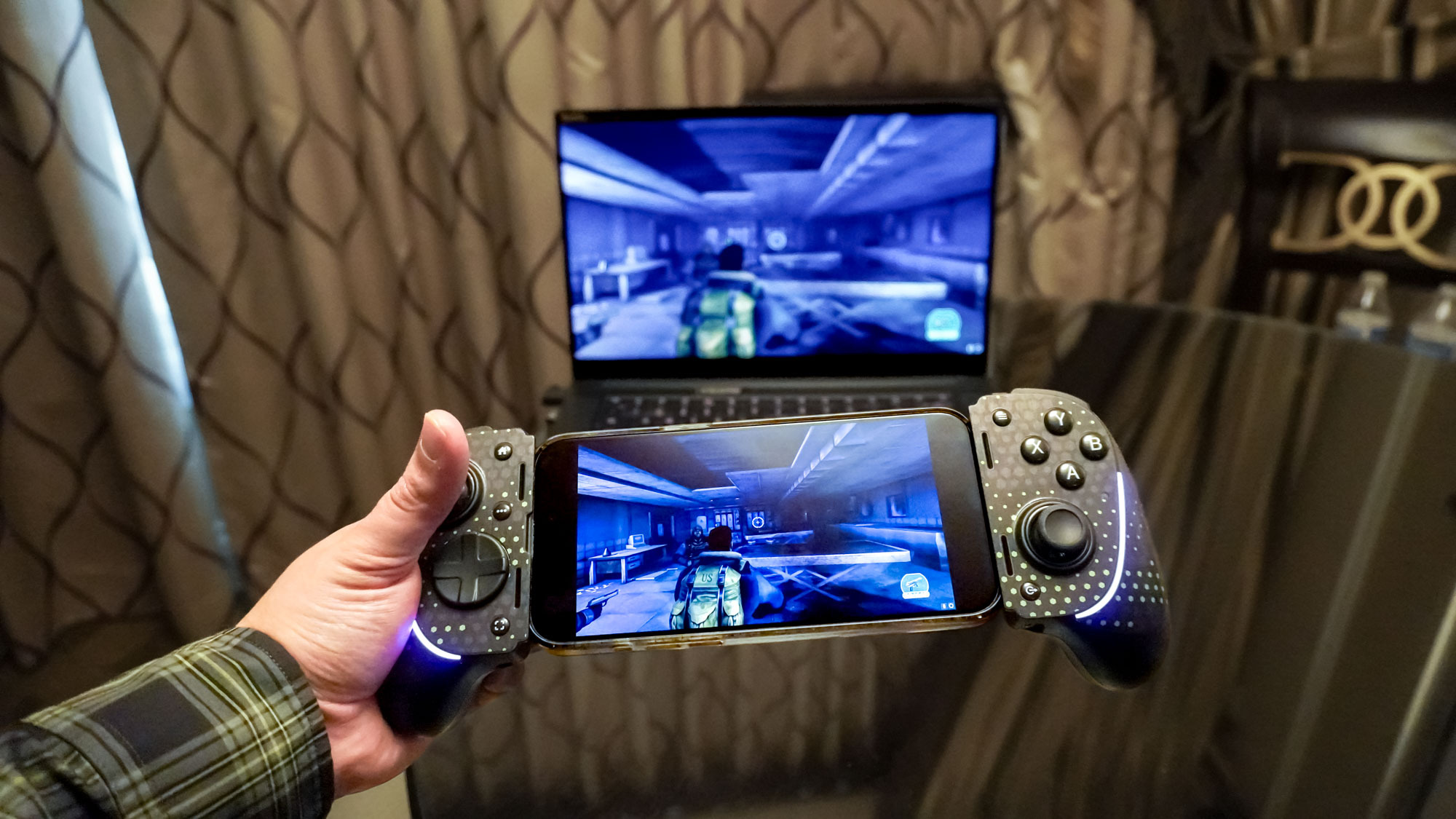
I’m a big fan of remotely playing games from my consoles, but PC gaming isn’t always quite so easy. Services exist, but Razer’s new PC Remote Play should help make the process a lot simpler — with a few bonuses. Assuming you have one of Razer’s phone controllers, like the Kishi V2, you’ll be able to launch a remote play session from the Razer Nexus app.
Better still this process combines all your game libraries into a single place. So if you have games on Steam, Epic or Microsoft Game Pass, they’re all available from a single hub, rather than forcing you to swap between different apps and services. Also included is adjustable aspect ratio, but the best part is that Razer PC Remote Play is totally free — with no subscription fees to worry about.
Segway Xyber
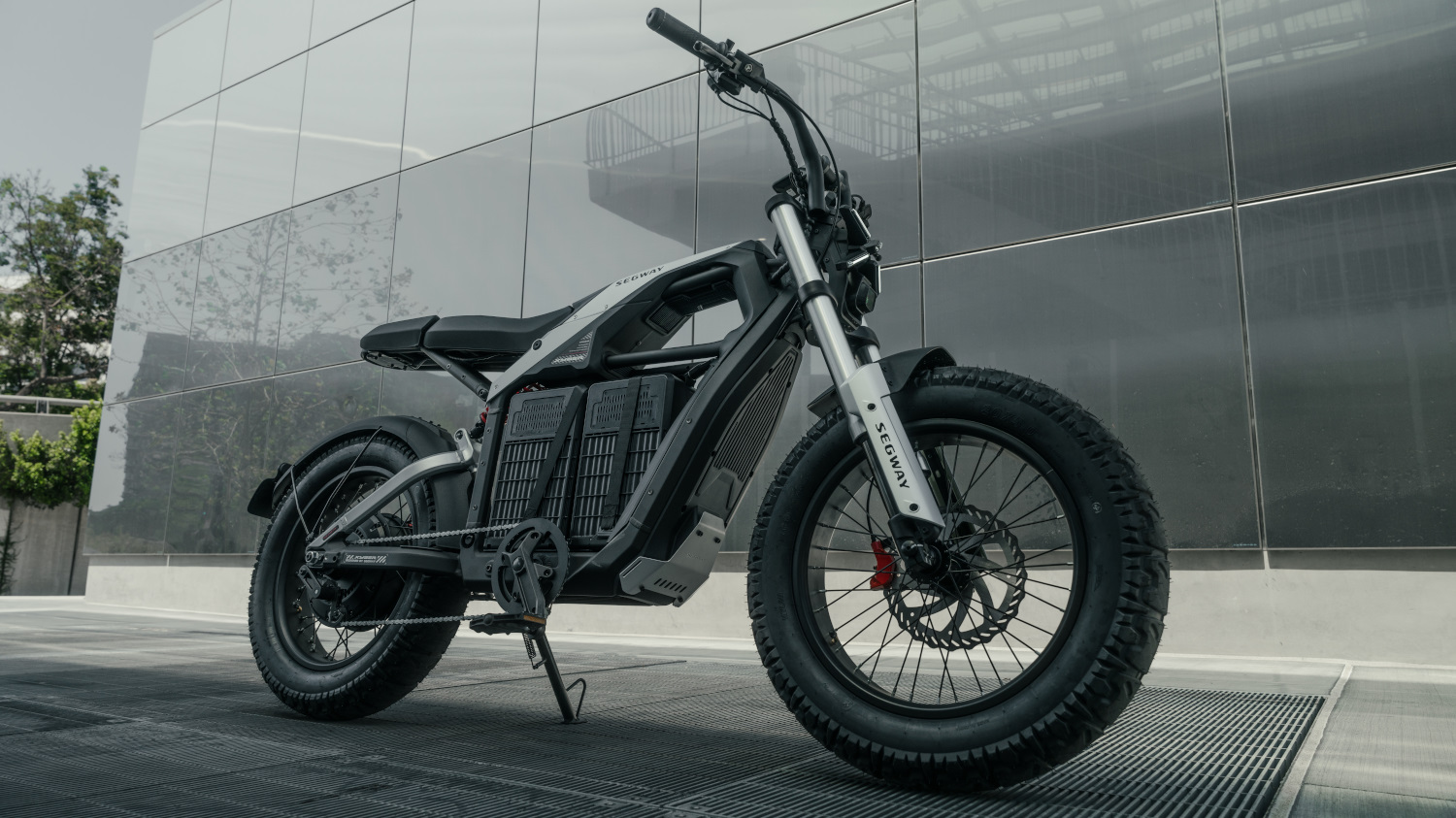
If you’re looking for an ebike with a little bit of pep, then Segway has you covered. The company has long since transitioned into the ebike and escooter industry, and there are a few announcements at CES that may be of interest. Particularly the Segway Xyber, an ebike that can go from 0-20mph in just 2.7 seconds. It also offers up to 112 miles of range, and flat-resistant tires that can handle rugged terrain with ease.
Meanwhile the Segway GT3 Pro escooter can reach 30mph in under 4 seconds, with a top speed of 49.7 miles per hour and 89 miles of range. Which is pretty absurd for a machine you have to stand and balance on, so this definitely isn’t for the faint of heart — or the unhelmeted. The standard GT3 is a little slower, with a 31mph top speed and 45 miles of range. But the 9 second 0-30 time is still pretty incredible.
The Segway GT3 is on sale now for $1,699, while the GT3 Pro will arrive in Spring/Summer for an unspecified price. The Xyber is available to pre-order now for an eye-watering $3,000.
Asus Zenbook A14
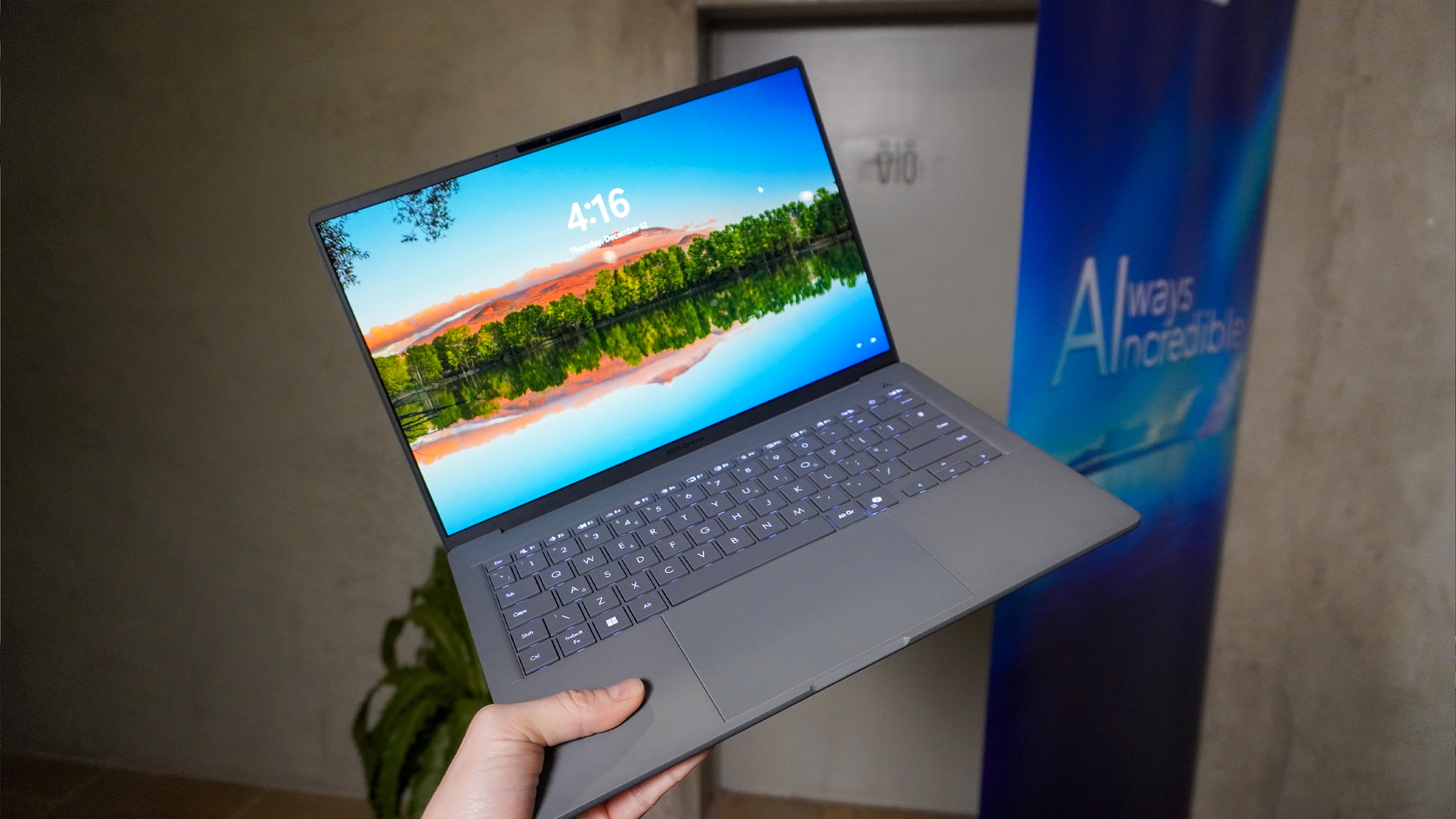
If you’re looking for a thin and light laptop that isn’t a Macbook, then Asus might have you covered. It may not be called the Zenbook Air, but the new Asus Zenbook A14 is the closest thing you’ll get to a Macbook Air from the company right now. Measuring just 0.5 inches thick, and weighing 2.16 lbs (or just under 1kg), it can certainly give Apple a run for its money.
More so when you consider that there’s Wi-Fi 7 support, a 70Wh battery that lasts up to 32 hours, and the power of the Snapdragon X chipset behind it. Better still, Asus has ensured the Zenbook A14 doesn’t produce too much heat — meaning there’s no thermal throttling and the machine can sustain its high performance over a much longer period. Not to mention the fact it looks great, and is made from a mix of aluminum and ceramics.
Be sure to check out our hands-on post for a rundown of all the specs and everything else this stylish machine will have to offer — with prices starting at $899.
VIV Ring
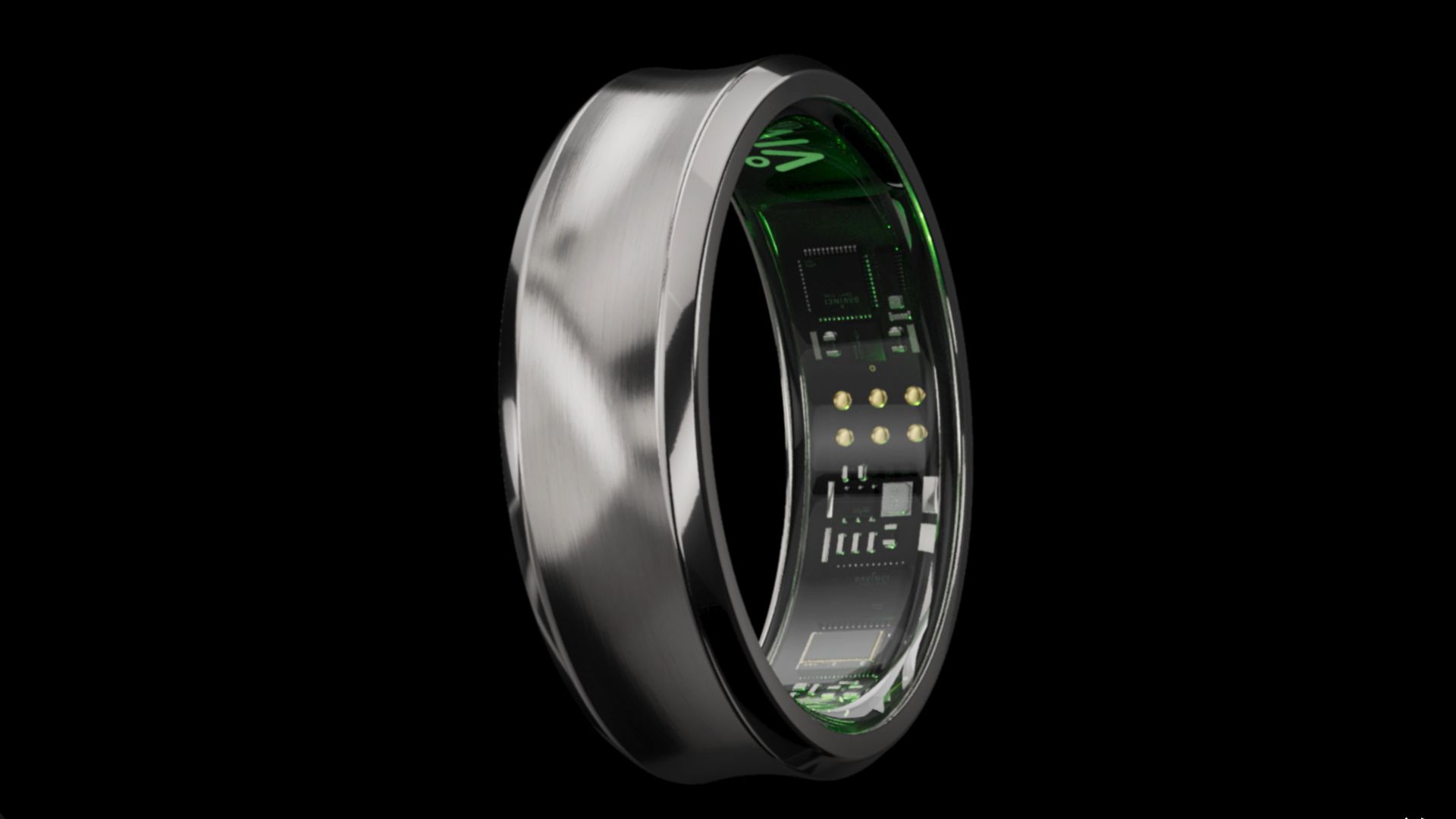
2025 is looking to be a big year for Smart Rings, and the newly-unveiled VIV Ring is about to join that market. But, aside from all the usual health-tracking features like heart-rate tracking and blood oxygen monitoring, VIV Ring may stand out thanks to its sleep enhancements features — including “Generative Sleep Aid Sound”.
This feature is built to evaluate sleep patterns and cycles, alongside other biometric data. After that’s been analyzed with AI, the algorithm puts together personalized sleep audio built up of different natural sounds. Oceans, rainfall, birdsong, plus other different sound effects all to help enhance the quality of your sleep. No more random white noise generators for you, from the sounds of things.
The VIV Ring is set to go on sale next month, though pricing information is still unconfirmed.
Sony XYN Headset
@tomsguide ♬ original sound - Tom’s Guide
Sony’s foray into virtual reality may have been limited to the PSVR in the past, but that’s changed at CES 2025. Here the company debuted its “XYN” headset, a concept device specifically geared towards creating content for spatial computing. So this isn’t something you’d probably want to buy yourself, but if it gets a wider release this could make it easier for creatives to produce their own spatial content for other headsets.
The idea here is that the 4K OLED microdisplays in the headset can visualize virtual experiences for the user, and enable 3D modelling work. That includes taking real-world objects that have been captured by 3D software, and turning them into props for new virtual worlds. The included controller offers the chance to view and resize those objects to make it work.
Unfortunately because this is a concept we don’t have any ideas on a wider availability, or how much this device would cost if it ever went on sale.
ERA Smart Layer
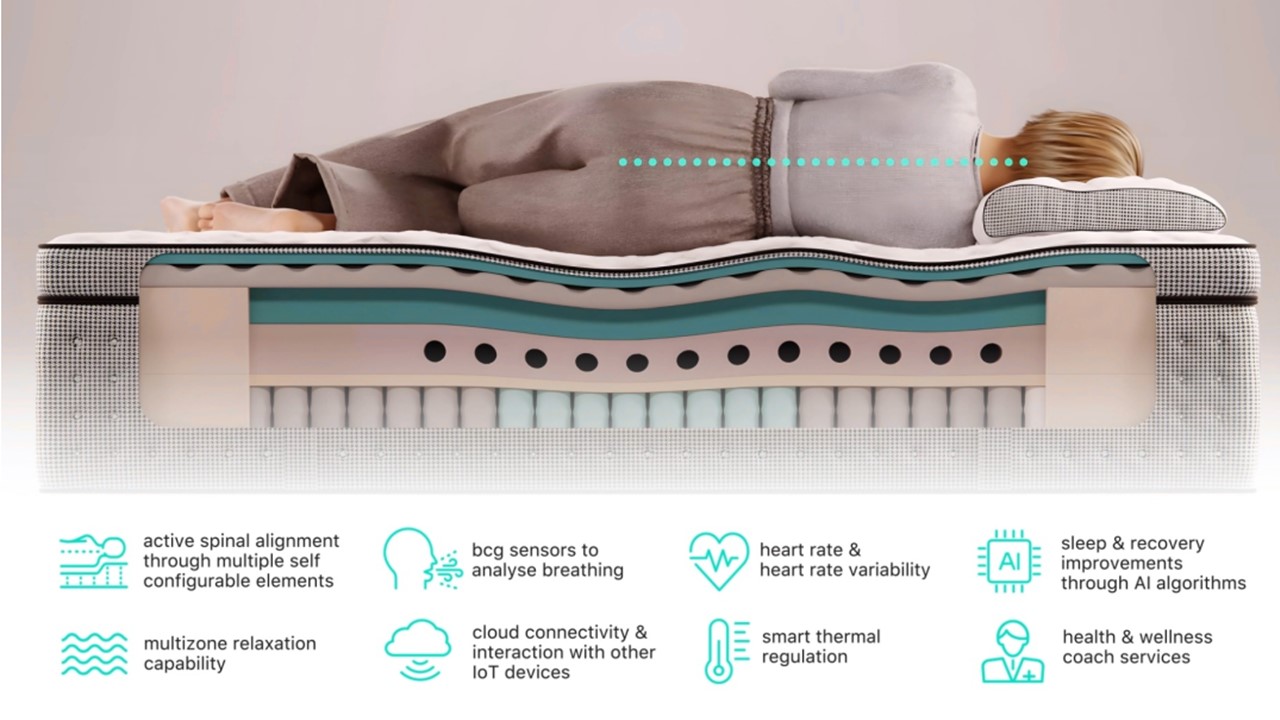
CES isn’t just your traditional tech, it’s also a place to see some incredible new innovations in other categories — including sleep. Enter the ERA Smart Layer, a smart mattress topper with built-in sensors and AI to help you get the best and most comfortable night’s sleep.
The sensors can monitor breathing and heart rate, with the ability to connect with other health wearables via the cloud. With this data the on-board AI will offer suggestions on how you can improve your sleep each morning. There’s also a spinal alignment system to adapt to your body shape, even after you move, and help you stay comfortable.
Oh and you get active massage features built into the topper, and active thermal regulation to help to stay at the optimal sleep temperature all night. Honestly, they hooked me with the massage. Sadly there’s no word on price or availability just yet.







